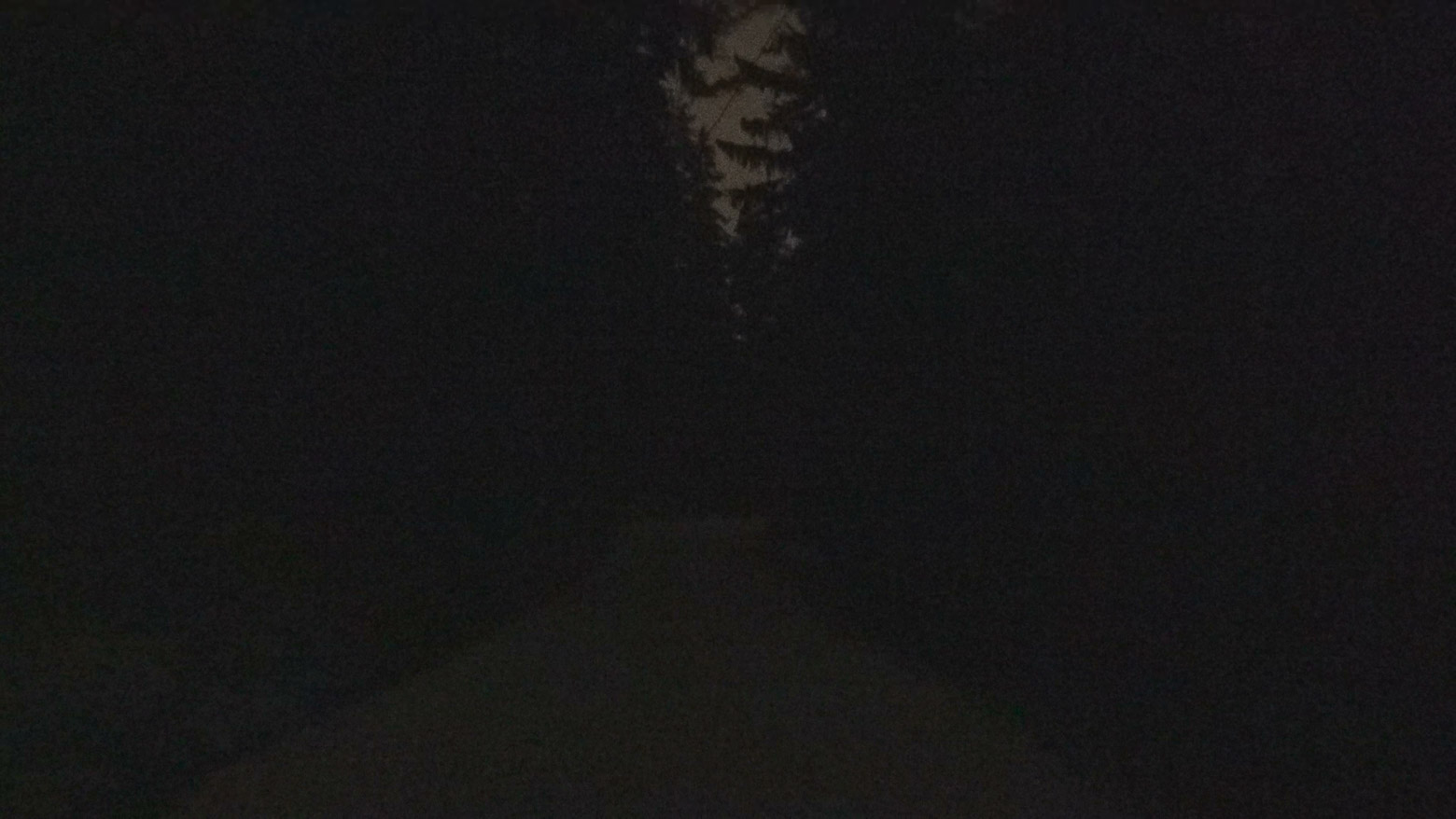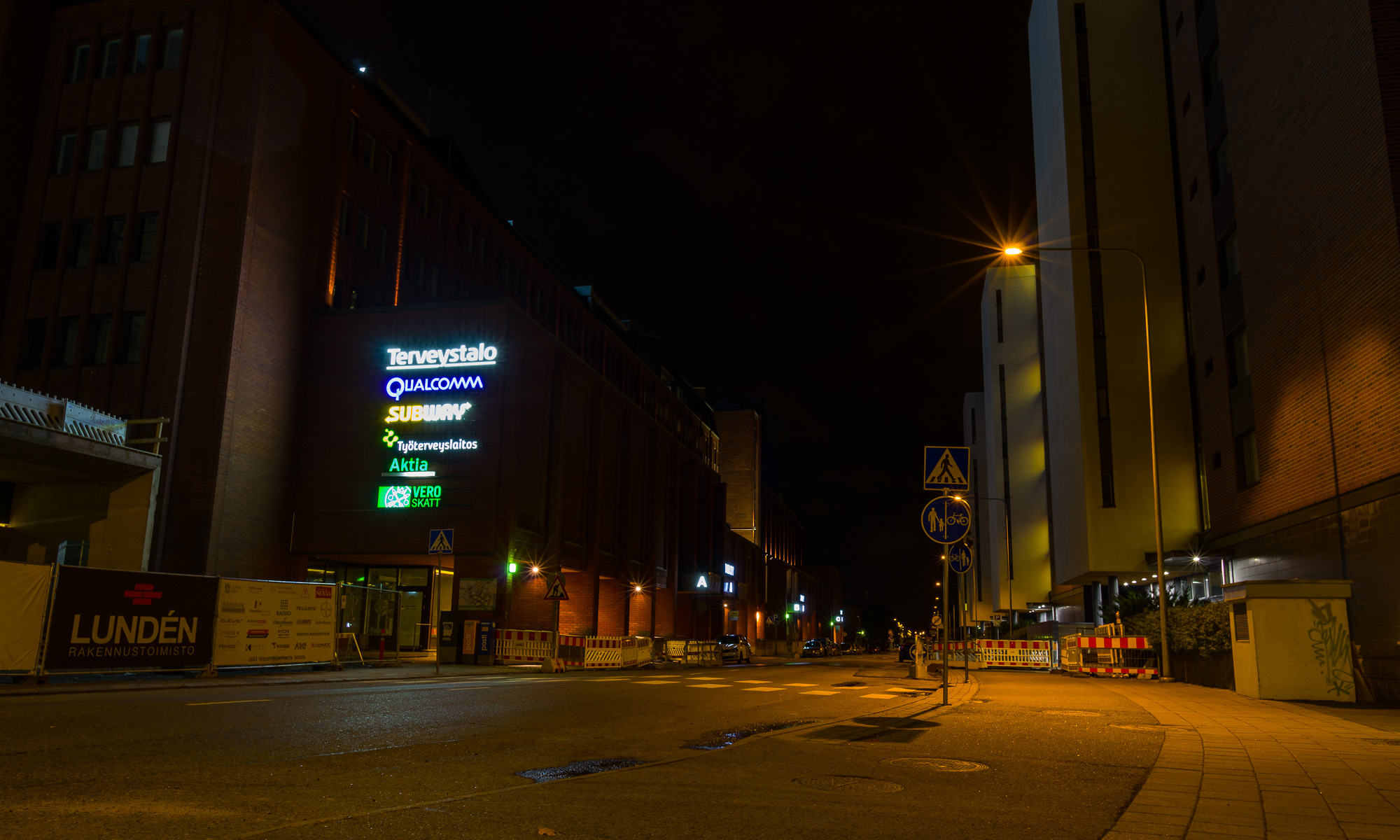Videography is very similar to photography. If you are familiar with one, you probably won’t have troubles with the other. The results depend on the lighting and on your camera settings. Adjusting the gain (sensitivity), iris (aperture) and shutter speed is what you work with.
Photography can overcome the limitations of low light quite easily. A long exposure is all you need. Set the camera on a tripod, adjust the settings and wait for the camera to do the rest. This does not apply to low light settings where its mostly dark, but you also have bright light sources.
Videography is very different to photography in this regard. You simply cannot opt for the long exposure. If you opt for 25 frames per second, each frame needs to be exposed for at least 1/25 of a second. This means that you are restricted by the shutter speed.
Your options are to change the iris (aperture) or the gain (sensitivity). Your iris is, of course, limited by the lens. There is only so much you can do in this regard. You can also make the camera sensor more sensitive to light by altering the gain setting. This is your best option, albeit the results depend a lot on your camera sensor.
There are major differences between camera sensors. Firstly, as discussed in a previous essay, physically bigger sensors typically give you better results in low light. Secondly, not all sensors are the same, even if they are the same size. Some technologies simply give you better results.
In practice
Videography is much more difficult than photography in low light conditions. If you understand why that is the case, as explained above, you may want to focus your efforts on photography, as opposed to videography.
I am, however, quite the optimist. I am well aware of the limitations, yet I want to see how it all works in practice. I have been doing that for quite the while for now and the results have been rather expected.
I want to understand in how little light the cameras can perform. In most settings there will be fairly bright light sources and you can expect reasonable results. The problem in such settings is that the areas that are lit will look as expected, but the rest fades to black.
What really interests me, however, is photography and videography in settings where there are no light sources, only ambient lighting. This interests me because, in my experience, the human eyes outperform cameras in low light conditions. I therefore opted to take the cameras for a walk at a trail that is located in a nearby forest.
Results
Starting with very small sensors, I first tried an action camera, a GoPro Hero 7 Black. The major advantage of an action camera is that you can strap one to your head and get stable footage. In my first trial, I simply had the wrong settings. The best my action camera could achieve was capturing the contrast between the tree line and the night sky. After noticing that I had limited the sensitivity considerably, I altered the settings accordingly. However, the camera performed worse at higher sensitivies. The results are unusable.
I then tried my camcorder, Sony FDR AX-700. I pushed it to its limits, maxing the gain (ISO 10 000). The results were not impressive. The footage was relatively stable handheld and I could distinguish the treeline from the night sky and the snowy trail from the forest. The camcorder provided much better results than the action camera, likely due to the larger sensor, but I cannot say that I would have much use for such footage. As you can see, it looks okay in low resolution, but the results are unusable in high resolution.

I then back went for another walk to test a DSLR with a larger sensor. I forgot that the Pentax K-3 II could not be pushed much in the video mode (ISO 3200). I then opted to take long exposure photos, to see how much the quality improves when one does not need to resort to higher sensitivities.

I need to point first that I have cropped the second photo, changing the aspect ratio from 3:2 to match the 16:9 aspect ratio commonly used in videography. I also tried my best to match the way the human eye sees the trail. This is, of course, my rendition of the low light conditions and based solely on my memory.
The camera did an excellent job capturing the colors and the detail. It was, however, arguably too excellent. If you push the photo in post-processing, you can make it look like as it was day time, even though I was there videographing between ten and eleven and then returned with the DSLR after midnight.
I had to make the photo look muted. The human eye struggles with colors and detail in the dark, so I had to lower the saturation and contrast considerably. However, it also has impressive dynamic range, so that there are plenty of greys, going from near white to very dark grays. There are also areas that are simply black, without any detail, but I found it very difficult to render the photo in a way, retaining plenty of greys, while also having those deep blacks. Either the dark greys end up too black or the light greys end up too white. I think it is also difficult the render how the ground and anything close to you has more detail, while the trees and anything distant has less detail.
Perhaps I could have done a better job, had I fiddled with the settings more, but as it was past midnight already, so I headed home again. In any case, while none of this was, perhaps, particularly productive, it is something that I find particularly interesting. If only people could see what I see when I go for a walk, but at least so far I have not been able to pull it off. It is fascinating how we are so accustomed to light even at night time that it is easy to forget how well we can see in the dark.
PS
On my way back the first time, I heard a noise. I was going through a residential area, but as it was quite late, past eleven, and the conditions were icy, there was no one around. Anyway, I thought something moved to my left. I turned to look and there it was, a roe deer, staring at me. It was in no hurry and did not seem to mind my presence. I was able to put on my action camera, but the footage was not good. Then noticed that there was another deer. I managed to grab my camcorder from my bag to get some better footage.
